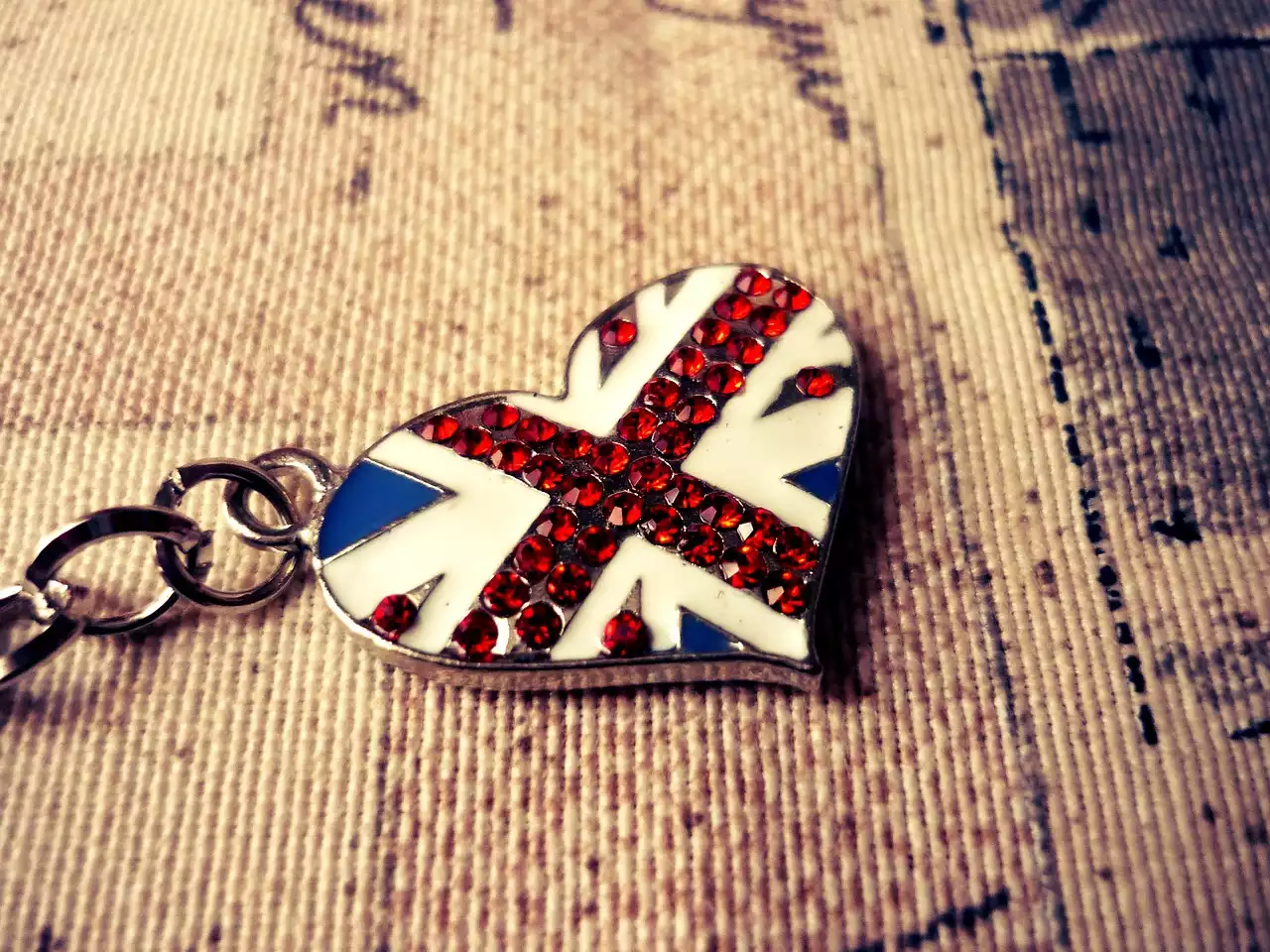The 1990s were a decade of transition for British fashion. Within this period of change, many new designers launched their own labels and older ones re-emerged with renewed vigour. After the excesses of the 1980s, trends in the 1990s took a more sober turn. Consequently, there was a resurgence in classic shapes such as double-breasted tailoring and tweed; while shoulder pads disappeared once again from women’s suits.
Shirts
The decade began with a revival of the classic button-down collared shirt, with both men and women returning to the styles of the 1950s and 1960s. Examples of this fashion trend included the Oxford-style shirt with a heavily starched collar and cuffs, as well as the Mandarin style, which had a high collar with a rounded edge. Another popular style of shirt was the denim shirt, which was often worn unbuttoned with a sweater or cardigan over the top. Another 1990s fashion trend was the unisex shirt, which was often oversized with a loose, untucked hem. There was a revival of long flannel shirts, often worn with a tweed jacket and braces. Also popular were shirts with knitted or woven patterns, such as the rugby shirt and the horizontally striped rugby shirt, which was often worn tucked into jeans.
Trousers
In the early part of the decade, trouser hems were often high, with cuffed or turned-up legs, although tailored narrow-legged trousers were also popular. In the mid-1990s, a looser, wide-legged style of trouser, often worn with a large, baggy leg trouser sock, became fashionable. Wide-legged trousers were often made in a wide range of fabrics, including denim, corduroy, and, later in the decade, leather. In the latter part of the decade, trousers became shorter and the baggy wide-leg trouser was replaced by the drainpipe trouser, which was narrow-legged and worn with a suit or sportswear.
Suit Jackets
In the early 1990s, double-breasted suit jackets were fashionable. Later in the decade, single-breasted jackets were more popular, with double-breasted jackets often worn when formality was required. Tailored jackets remained popular throughout the decade, often worn with slim, straight, trousers. Classic fabrics such as flannel, tweed and corduroy were worn in the suit, often in autumn and winter months. For the most formal occasions, the dark grey or black suit remained a classic choice, often worn with a white shirt, black tie and black shoes.
Coats and Jackets
Coats continued to be worn in all seasons, with a wide range of styles available, including the long overcoat, the short, fur-trimmed coat and the leather jacket. A popular 1990s fashion trend was the puffer jacket, often worn unzipped. Parkas, quilted gilets, and fleece jackets with hoods were worn in cold weather, often with jeans or trousers and a t-shirt underneath. For formal occasions, the classic black overcoat remained popular. For women, the tailored jacket was in favor throughout the decade, worn with a skirt or trousers. The tailored jacket often had wide lapels, a high waist and large cuffs. During the latter part of the decade, the blazer jacket became popular, often worn with jeans, trousers or a skirt.
Footwear
For formal occasions, such as weddings and black-tie events, men’s shoes remained black and polished, while women’s shoes were often high-heeled. Heeled shoes remained fashionable throughout the decade, often worn with jeans. The loafer became popular, worn by both men and women. Possibly the most fashionable shoe of the decade was the desert boot, which was worn un-laced with the tongue of the boot folded over the top. During the 1990s, there was an increased use of outdoor or outdoor-style shoes, often with a Gore-Tex or similar fabric waterproof upper. Examples of this trend included walking boots, hiking boots and mountaineering boots.
Prints and Patterns
In the early 1990s, zigzag and diamond-shaped patterns were popular, as were large plaids and paisley prints. Throughout the decade, checks were fashionable, often in a large, bold design. Stripes were also worn, often in a large width and with a colour block style. One of the most popular prints of the decade was the strawberry-print design, often used to create shirts. Another 1990s fashion trend was the leopard-print design, often used on clothing and accessories. There was a revival of the 1970s disco-style designs, including neon colours and bright, clashing colours.
Conclusion
The 1990s was a decade of change in British fashion, with designers experimenting with new styles and fabrics. Trends in the decade included a return to classic tailoring and the use of bold, clashing prints and colours, often inspired by the colours of nature. As the new century approached, many designers looked back to the 1940s and 1950s for inspiration, with a general shift towards less formal clothing. Men’s tailoring became slimmer and suits were often worn with a shirt and tie, while women’s clothes became more tailored although denim jeans remained popular. During this decade, there was increased use of new fabrics and fibres, such as the use of acrylic fabrics and the emergence of synthetic fabrics such as Lycra and Spandex. Other developments included the launch of new materials such as Gore-Tex, which was used in outdoor wear; and the revival of older fabrics such as silk.


 The Biggest Natural Wonder in the World - The Great Barrier Reef
The Biggest Natural Wonder in the World - The Great Barrier Reef
 Gary Cooper is a Hollywood Great
Gary Cooper is a Hollywood Great Tips for traveling to Greece during different seasons
Tips for traveling to Greece during different seasons The History of British Fashion
The History of British Fashion British Fashion Trends in the 1980s
British Fashion Trends in the 1980s British Fashion Models Past and Present
British Fashion Models Past and Present British Fashion in the 1970s
British Fashion in the 1970s